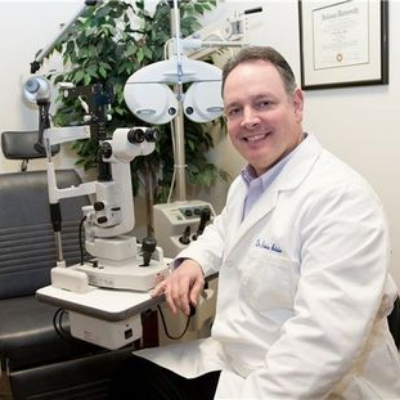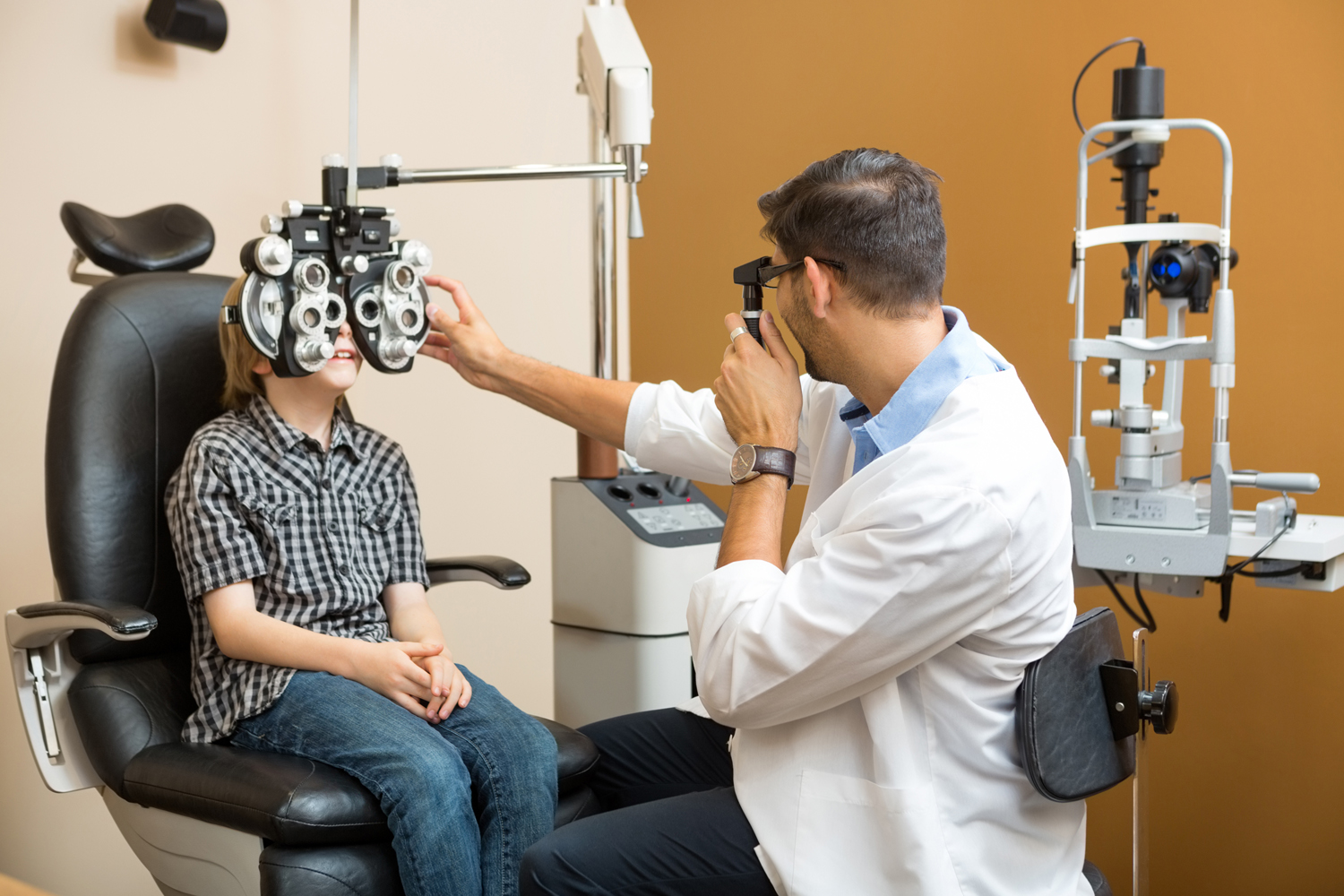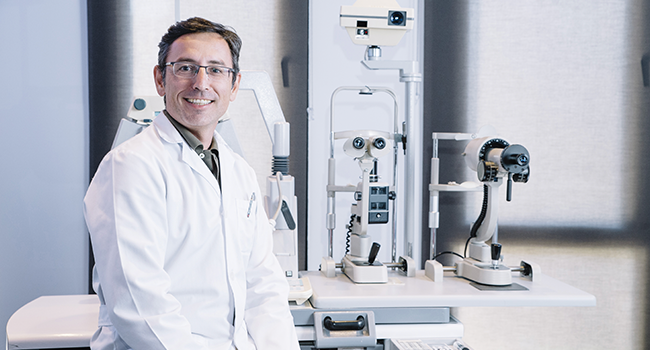Experience Personalized Treatment with Opticore Optometry in Chino
Experience Personalized Treatment with Opticore Optometry in Chino
Blog Article
Exploring the Newest Technological Developments in Optometry and What They Mean for Optometrists
From the accuracy of Optical Comprehensibility Tomography to the nuanced insights used by AI-driven analysis tools, these advancements are establishing new requirements in patient assessment and therapy. As these improvements permeate the practice, optometrists are faced with the challenge of embracing these devices to improve patient outcomes.
Developments in Diagnostic Equipment
Progressing the area of optometry, advancements in analysis tools have transformed the way eye treatment experts analyze and identify ocular problems and aesthetic disabilities. The previous decade has actually witnessed significant technical improvements, making it possible for even more precise and comprehensive assessments.
Another trick advancement is the introduction of sophisticated corneal topography systems, which map the surface area curvature of the cornea with accuracy. These tools are specifically useful for suitable call lenses and diagnosing corneal conditions. Moreover, digital retinal imaging has actually changed traditional ophthalmoscopy, supplying comprehensive, breathtaking views of the retina that assist in thorough aesthetic exams.
The growth of wavefront aberrometry has likewise been essential, allowing the evaluation of refractive mistakes with unmatched accuracy (Eye Doctor Optometrist). This modern technology aids in tailoring corrective lenses and enhancing surgical results for refractive surgeries. Collectively, these diagnostic advancements equip optometrists to provide exceptional individual treatment, making certain very early treatment and tailored treatment methods, eventually enhancing visual health and wellness results
AI in Individual Administration
Building on the foundation of sophisticated analysis tools, the consolidation of expert system (AI) in individual administration stands for a transformative leap for optometry. AI systems are progressively employed to boost efficiency, accuracy, and customization in person treatment. By assessing substantial quantities of data, AI can recognize patterns and anticipate prospective ocular problems, allowing optometrists to tailor treatments better. This ability is critical in handling chronic eye diseases such as glaucoma and diabetic person retinopathy, where early detection and constant tracking are vital.
In addition, AI-driven systems facilitate streamlined person communications and management processes. Automated organizing, online examinations, and personalized follow-up strategies not just enhance patient complete satisfaction yet also optimize time monitoring for specialists. These systems can triage individuals based upon the urgency of their problems, making certain that those in crucial requirement obtain prompt interest.
Furthermore, AI enhances decision-making by providing optometrists with evidence-based referrals and therapy pathways. By incorporating information from digital health records, AI devices supply insights that inform clinical decisions, lowering the threat of mistakes and boosting person end results. As AI continues to advance, its function in individual monitoring will likely increase, reshaping the landscape of optometric treatment.
Breakthroughs in Retinal Imaging
In the world of optometry, retinal imaging has actually experienced exceptional technological improvements that are improving analysis capabilities and client treatment. Advancements such as Optical Comprehensibility Tomography (OCT) and fundus digital photography have reinvented exactly how eye doctors assess the retina and envision.
Improved imaging techniques like OCT angiography are more refining diagnostic accuracy. This non-invasive method maps this link blood circulation in the retina, supplying essential insights into vascular health without the requirement for color injections. In addition, adaptive optics modern technology is being integrated into retinal imaging systems to correct ocular aberrations, delivering extraordinary picture clearness. Such innovations promote the recognition of minute retinal adjustments that can indicate illness progression.
Additionally, innovations in expert system are augmenting retinal imaging by making it possible for automated analysis of big datasets. These systems help optometrists in determining patterns a measure of pathology, consequently boosting diagnostic accuracy and effectiveness. Jointly, these advancements are changing retinal imaging right into a cornerstone of contemporary eye care, enhancing outcomes and broadening restorative opportunities.
Teleoptometry's Expanding Role
Teleoptometry is increasingly coming to be an essential part of eye care, driven by developments in electronic communication and diagnostic tools. As optometry accepts digital makeover, teleoptometry facilitates remote assessments, allowing eye doctors to extend their services past typical boundaries. This is particularly helpful in country and underserved areas where accessibility to specialized eye treatment is usually restricted. By leveraging high-resolution video conferencing and progressed retinal imaging, eye doctors can perform comprehensive eye exams from afar, ensuring prompt medical diagnosis and treatment.
The combination of fabricated intelligence (AI) further enhances teleoptometry, allowing the analysis of aesthetic data and assisting in the discovery of ocular problems such as glaucoma and diabetic retinopathy. AI-powered algorithms can rapidly analyze complicated imaging data, providing eye doctors with beneficial understandings that boost professional decision-making.
In addition, More Help teleoptometry supports connection of care with seamless assimilation with electronic wellness records (EHRs), permitting optometrists to keep comprehensive person histories. This guarantees that individuals receive customized and regular treatment even when speaking with different experts.
Despite these advantages, obstacles remain, consisting of guaranteeing information security and managing individual assumptions. Teleoptometry represents a considerable stride in the direction of even more accessible, reliable, and patient-centered eye care. As modern technology advances, its role is poised to broaden additionally.

Future Fads in Eye Treatment
A myriad of cutting-edge trends is readied to reshape the future of eye care, driven by technological advancements and the evolving demands of patients. One significant fad is the combination of expert system (AI) in diagnostics, which guarantees to improve the precision and effectiveness of eye assessments. AI algorithms can evaluate huge quantities of information from retinal pictures, possibly finding problems like diabetic retinopathy and glaucoma earlier than conventional methods.
In addition, individualized medication is acquiring traction in optometry, with hereditary testing informing customized therapy plans. This method aims to optimize individual results by tailoring treatments to individual hereditary profiles. Wearable modern technology, such as smart get in touch with lenses, is additionally coming up, offering real-time surveillance of intraocular pressure or glucose degrees, therefore giving continual insights right into systemic and ocular health.
The fostering of augmented truth (AR) and virtual fact (VIRTUAL REALITY) in training and patient education and learning is another emerging fad. These innovations offer immersive experiences that can improve understanding and skills both for eye doctors and people. As these trends evolve, optometrists need to remain abreast of technological Get the facts innovations to supply advanced care, making certain improved client end results and contentment in the dynamic landscape of eye care.
Conclusion

Jointly, these diagnostic advancements encourage eye doctors to supply superior patient treatment, guaranteeing early treatment and tailored therapy techniques, ultimately boosting visual health end results.

As these innovations proceed to evolve, optometrists have to adapt and integrate them into technique, eventually maximizing operations effectiveness and boosting the standard of eye care provided to clients.
Report this page